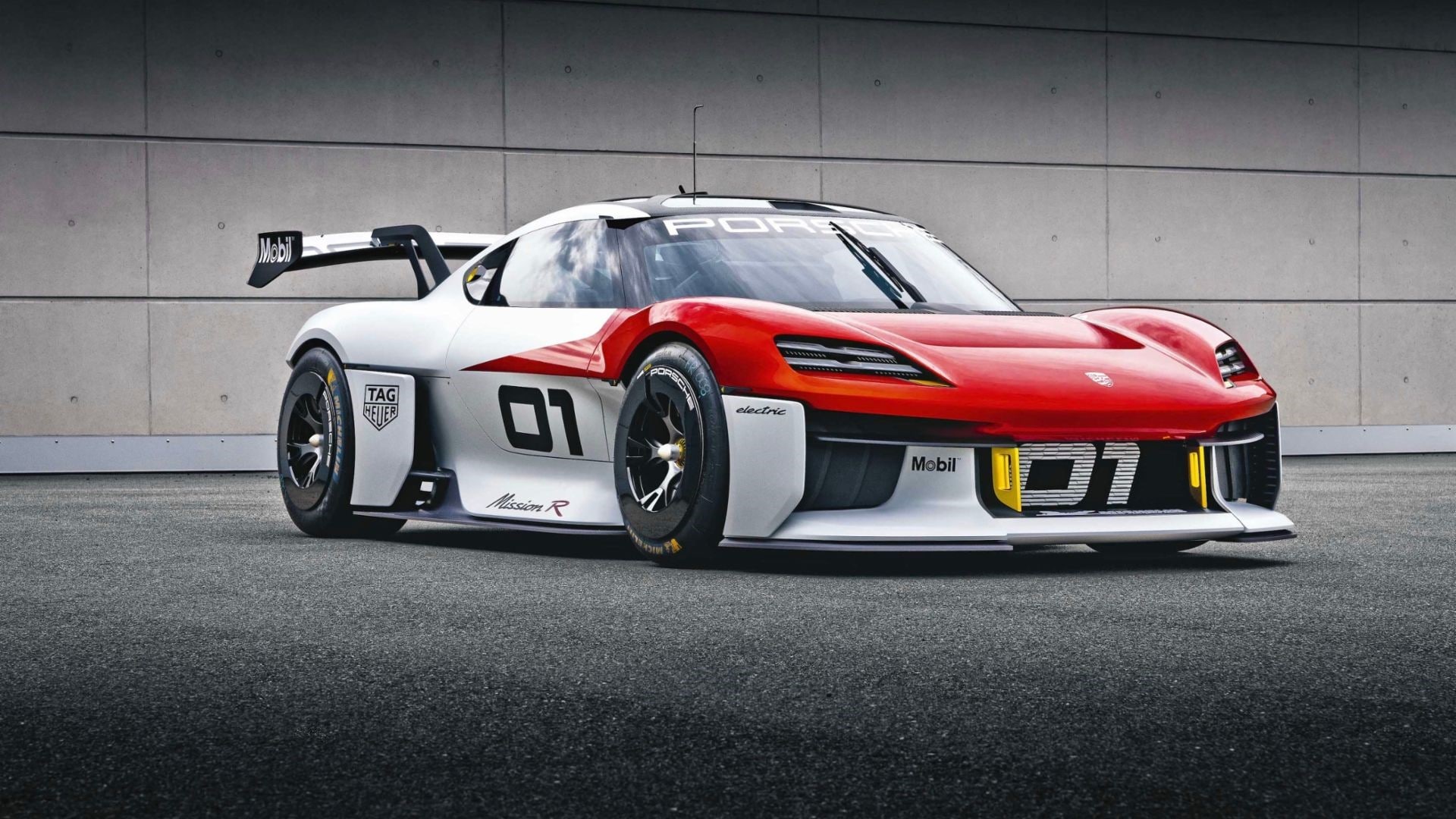
Most of the time, concept cars are just that—concepts. They are visions of future design directions, and even power trains. But this is not the case for Porsche’s one-off EV racer—the Mission R. From initially being a show car, it has gone beyond the norm, and now meets the highest technical standards.
Development engineer and racing driver Lars Kern showcased the technology of the Mission R. He drove it around a track with the bare chassis showing the future; a probable basis of the first all-electric Porsche racing car. Once again, Porsche proved its engineering prowess.
In early September, this concept car already garnered a lot of attention at the International Motor Show (IAA) in Munich. It is a fully flushed-out vehicle with astounding facts and figures; its interior and exterior design truly top the charts of ingenuity.
Sustainability and Social Responsibility
From driving purely electrically in Formula E, using synthetic fuels in the Porsche Mobil 1 Supercup, the automaker is now changing the game for customer racing by designing it electrically, as well.
Rarely does Porsche disclose futuristic car concepts. But when it does, it often ends in success. Just take a look at the triumphant stories of the Boxter whose study was presented in Detroit in 1993, the Carrera GT driven by Walter Röhrl in 2000 in front of the Louvre in Paris, and the Mission E, forerunner to the Taycan which debuted at the IAA in 2015, among others. These are “engineers’ dreams come true that start with a blank sheet of paper,” technical project manager Michael Behr proudly shared.
Power, Performance, and Cooling
Upholding the spirit of Weissach that demands performance in concept cars, attention to quality is poured onto each step of the computer-aided design (CAD) process as if it were a pre-production vehicle.
Supplied by two electric motors, the Mission R boasts 800 kW and all-wheel drive. With less than 1,500 kilograms target weight, the sports car is expected to manage the sprint from a standstill to 100 km/h in less than 2.5 seconds. Depending on the gear ratio choice, it also features a remarkable top speed of over 300 km/h.
An exceptionally high continuous power can also be expected all thanks to the direct cooling of the stator, an innovation based on a development for the three-time Le Mans winner, Porsche 919 Hybrid. This futuristic race car manages with only a single oil cooling circuit, and without any drop of water. The chassis utilizes an advanced racing technology, and a double-wishbone front axle is featured. A heated windshield has been thought of for good visibility in rain races.
Not to mention, every last bit of lightweight potential has been leveraged in every detail. Twelve kilos have been shaved off the braking system with the additional braking power during recuperation. Not only is the composite outer skin feather-light, it is also sustainable with a composition of natural fiber, and carbon fiber components.
Known for superb engineering, and excellent craftsmanship, you can expect nothing but the best output from Weissach. In less than six months before the car’s premiere at the IAA, this first functional test is a key milestone.
Considering the span of time, Lars Kern said that what surprised him the most was how “advanced the car already was.” The overall driving dynamics and the immediate availability of tremendous torque also blew his mind away. “At that point it was clear: what’s being created here is going to be a lot of fun,” Kern added.